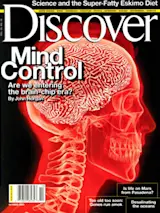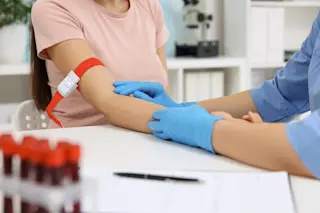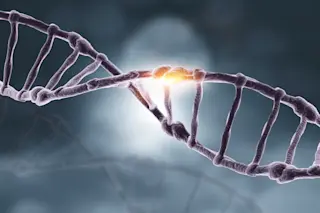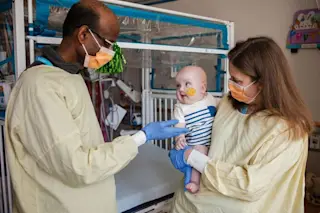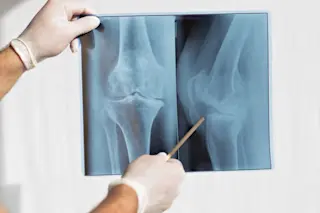A couple of years ago I flew to Oklahoma City to meet Ginger Weber. She suffers from an extremely rare genetic condition called Werner syndrome. In the landscape of American health, Ginger is one in a million. Although she and I were born within months of each other—two children of the 1940s baby boom—Ginger’s body has aged much faster than mine. Because of her disorder she is now, in effect, more than 20 years older than I am.
I became interested in Werner syndrome, and its gene, WRN, while researching medical genetics and the Human Genome Project. If DNA could be likened to a revealed scripture, the scientists of the genome project were its scribes, scratching out the sequence of the 3 billion chemical letters that define a human being (the mechanical version). In fact two projects, a public effort and a private venture, had competed to capture the sequence. ...


